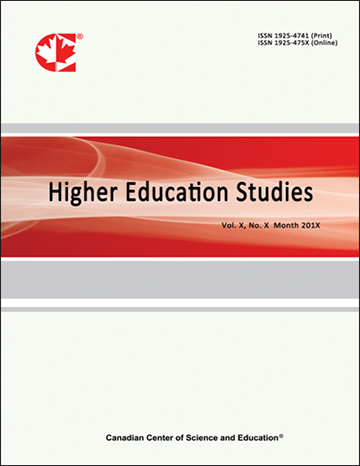Development and Validation of Instructional Model Using Project-Based and WebQuest Learning Approaches for Enhancing Innovation Ability of Electrical Engineering Students
- Wang Jianqiu
- Julamas Jansrisukot
- Pattawan Narjaikaew
Abstract
Although innovation is widely recognised as a cornerstone of contemporary engineering, empirical studies consistently show that undergraduate electrical‑engineering students lag behind industry expectations in rapidly translating interdisciplinary concepts into functional prototypes. These findings underscore the need to comprehensively reform teaching practices, curriculum structures, and assessment systems so as to cultivate prototype‑oriented innovation competence. This article aimed to develop and validate an instructional model using project-based and WebQuest learning approaches for enhancing innovation ability of Chinese electrical engineering students. The scope of the presentation focuses on the development process of the instructional model, with particular emphasis on establishing internal validity through expert review. This article aimed to develop and validate an instructional model that combines Project‑Based Learning and WebQuest approaches to enhance prototype‑oriented innovation ability among Chinese undergraduate electrical engineering students. Following a two‑phase research and development framework, Phase 1 conducted expert review to ensure content validity, and Phase 2 involved prototype refinement and pilot implementation. Instrument quality was high, and inter‑rater reliability was good (ICC = 0.76-0.90). Experts rated all seven components—principles, objectives, learning steps, instructor and learner roles, media resources, and evaluation—as highly appropriate, confirming the model’s conceptual soundness and practical applicability. In summary, the majority of experts found the various components of the instructional model to be appropriate at a high to highest level. The ICC values for all instructional model components indicated good reliability, demonstrating the dependability of the developed instructional model.
- Full Text:
 PDF
PDF
- DOI:10.5539/hes.v15n4p58
Index
- AcademicKeys
- CNKI Scholar
- Education Resources Information Center (ERIC)
- Elektronische Zeitschriftenbibliothek (EZB)
- EuroPub Database
- Excellence in Research for Australia (ERA)
- Google Scholar
- InfoBase
- JournalSeek
- Mendeley
- Open Access Journals Search Engine(OAJSE)
- Open policy finder
- Scilit
- Ulrich's
- WorldCat
Contact
- Sherry LinEditorial Assistant
- hes@ccsenet.org
